A new way of analyzing tooth movement using universal coordinate system geometry single point superposition in a 3D model
- PMID: 37820226
- PMCID: PMC10564451
- DOI: 10.1590/2177-6709.28.4.e232333.oar
A new way of analyzing tooth movement using universal coordinate system geometry single point superposition in a 3D model
Abstract
Introduction: Superposing 3D models is an imminent need. However, current methods rely on marking multiple points on the maxilla and mandible, which could increase point marking and overlapping errors.
Objective: This study aimed at developing a method for superimposing 3D models of the maxillary and mandibular arches with Autodesk Inventor® engineering software, using a single universal coordinate system (UCS) point superposition.
Methods: A total of 104 STL (stereolithography) models of the maxillary and mandibular arches exported from My iTero® platform were retrospectively selected, in which T0 and T1 were the initial and refinement periods, respectively (n=26 per group). The X, Y, and Z coordinates associated with a single point in each arch were inserted into the models with SlicerCMF® software for model orientation. The arch models with UCS registration were transferred to Autodesk Inventor® for superimposition and to measure tooth movements performed during Invisalign® treatment. Arch expansion, intrusion and rotation were analyzed by two examiners. The statistics were performed using intraclass correlation coefficients (ICC), Dahlberg's formula, and t-test (p<0.05).
Results: A reliable method of superimposing 3D digital models using a single UCS point in the maxilla and mandible was developed. ICC showed excellent intra- and inter-examiner correlation (ICC>0.90). A systematic error was not found concerning linear and angular measurements (<1mm and <1.5°, respectively). Digital dental movements could be analyzed, including arch expansion, dental intrusion, and tooth rotation.
Conclusions: The developed method was proven reliable and reproducible for superimposing 3D models of the maxillary and mandibular arches by using UCS system.
Introdução:: A sobreposição de modelos 3D é uma necessidade iminente. No entanto, os métodos atuais dependem da marcação de múltiplos pontos na maxila e na mandíbula, o que pode aumentar a incorporação de erros no processo de sobreposição.
Objetivo:: O objetivo desse estudo foi desenvolver um método para sobrepor modelos 3D das arcadas superior e inferior utilizando o software de engenharia Autodesk Inventor®, por meio da marcação de um único ponto em cada arcada, usando o sistema de coordenadas universal (UCS).
Métodos:: No total, 104 modelos STL das arcadas superior e inferior exportados da plataforma My iTero® foram selecionados retrospectivamente, onde T0 foi o período inicial e T1, o de refinamento (n=26 por grupo). As coordenadas X, Y e Z associadas a um único ponto em cada arcada foram inseridas nos modelos usando o software SlicerCMF®. Os modelos com os pontos UCS demarcados foram transferidos para o software Autodesk Inventor® para realizar a sobreposição e medir os movimentos dentários realizados durante o tratamento com Invisalign®. Os movimentos de expansão, intrusão e rotação foram analisados por dois examinadores. A análise estatística foi realizada usando os coeficientes de correlação intra-classe (ICC), fórmula de Dahlberg e teste t (p<0,05).
Resultados:: Foi desenvolvido um método confiável de sobreposição de modelos digitais 3D usando um único ponto UCS na maxila e mandíbula. O ICC apresentou excelente correlação intra e inter-avaliadores (ICC>0,90). Não foi encontrado erro sistemático nas medidas lineares e angulares (<1mm e <1,5°, respectivamente). Os movimentos dentários puderam ser analisados por meio do método proposto, incluindo expansão da arcada, intrusão e rotação dentária.
Conclusão:: O método desenvolvido provou ser confiável e reprodutível para sobreposição de modelos 3D das arcadas superior e inferior usando o sistema UCS com marcação de ponto único.
Conflict of interest statement
The authors report no commercial, proprietary or financial interest in the products or companies described in this article.
Figures
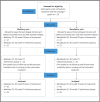


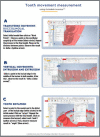


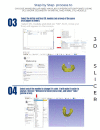
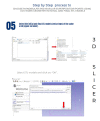
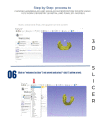
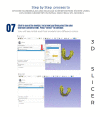

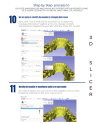
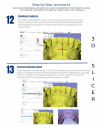
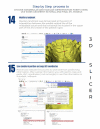
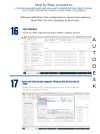


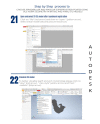
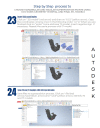
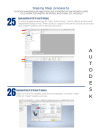

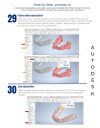

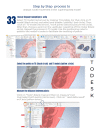
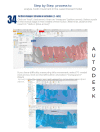
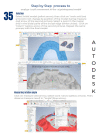
References
-
- Charalampakis O, Iliadi A, Ueno H, Oliver DR, Kim KB. Accuracy of clear aligners A retrospective study of patients who needed refinement. Am J Orthod Dentofac Orthop. 2018;154(1):47–54. - PubMed
-
- Sachdev S, Tantidhnazet S, Saengfai NN. Accuracy of tooth movement with in-house clear aligners. J World Fed Orthod. 2021;10(4):177–182. - PubMed
MeSH terms
LinkOut - more resources
Full Text Sources

